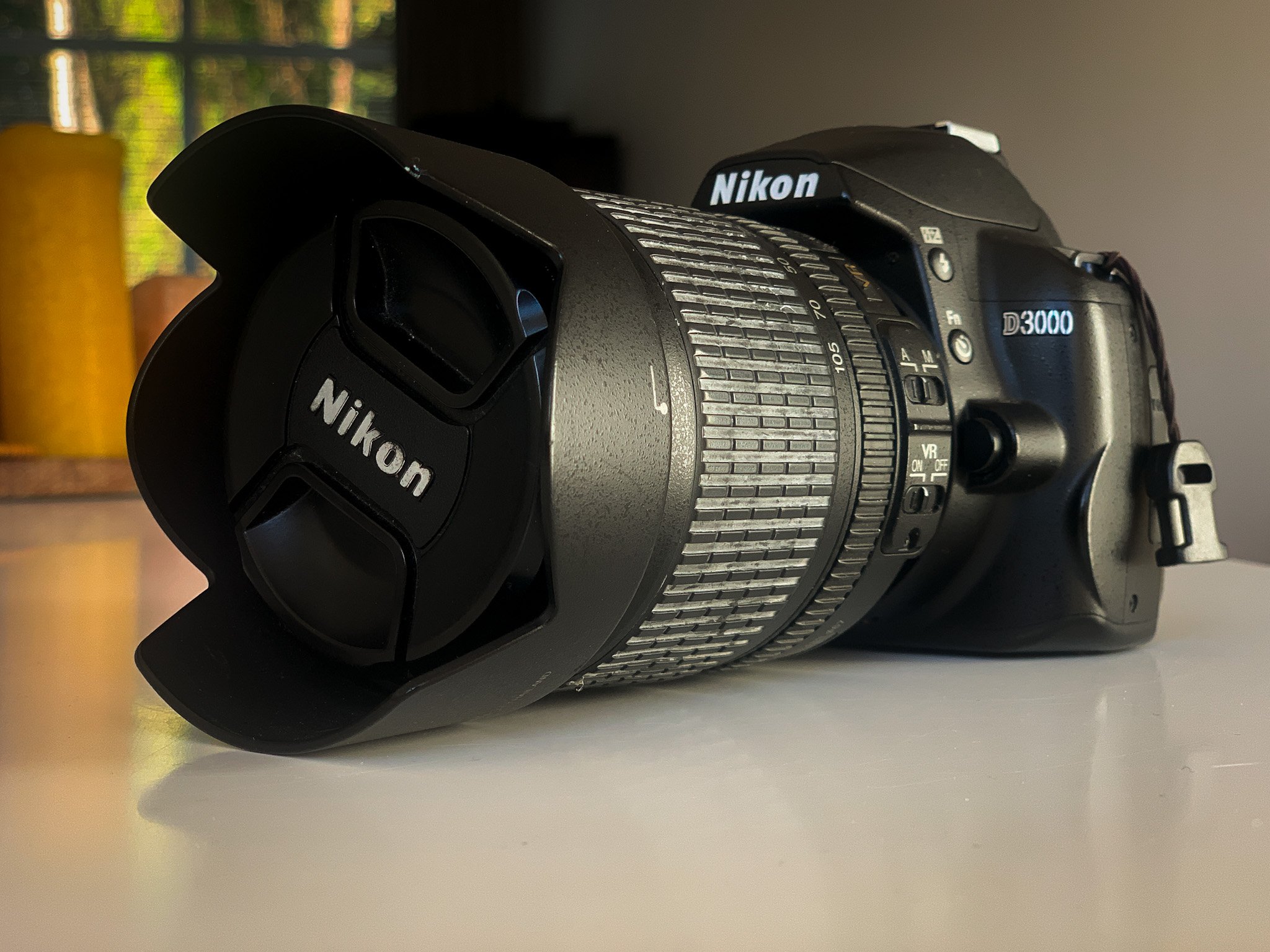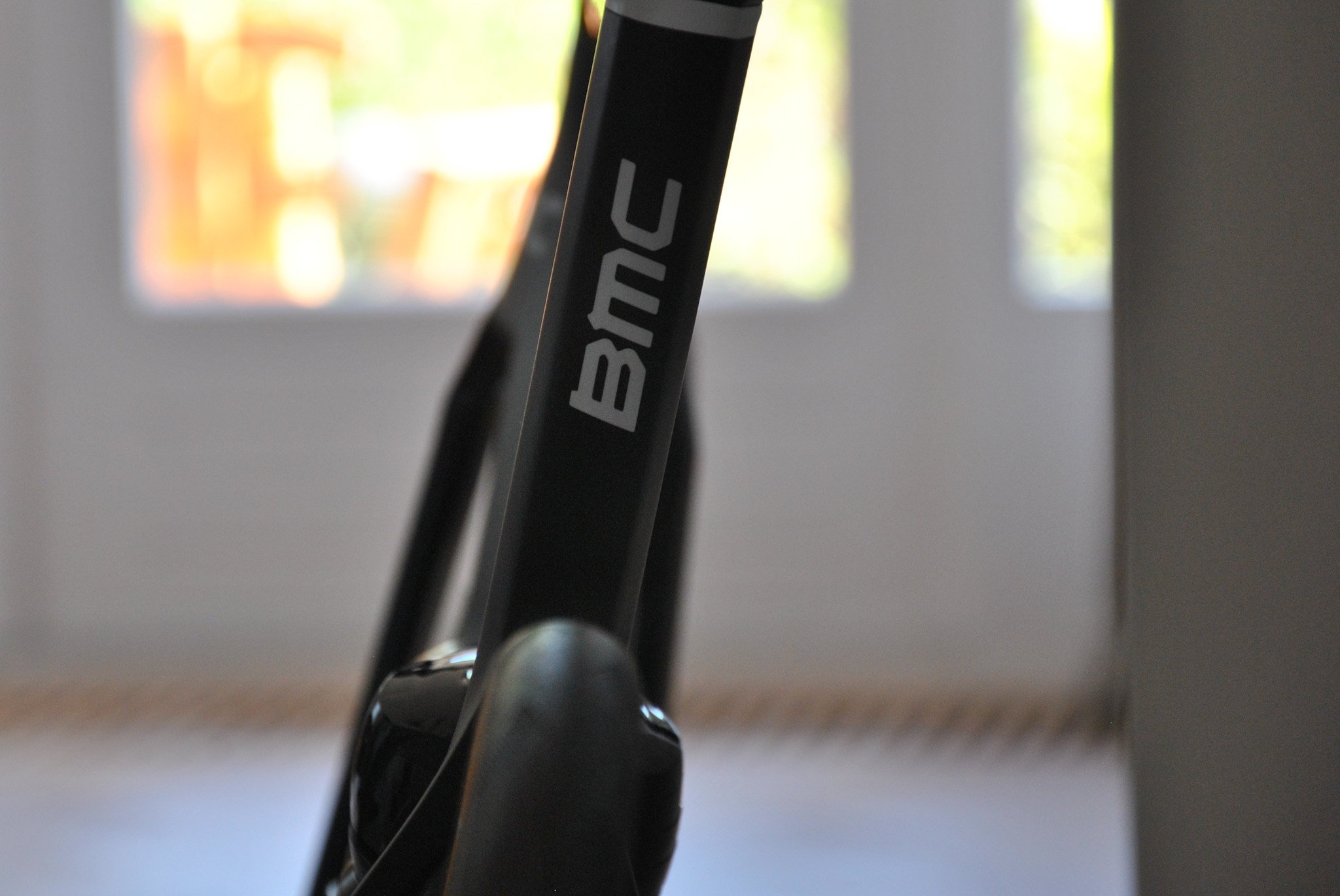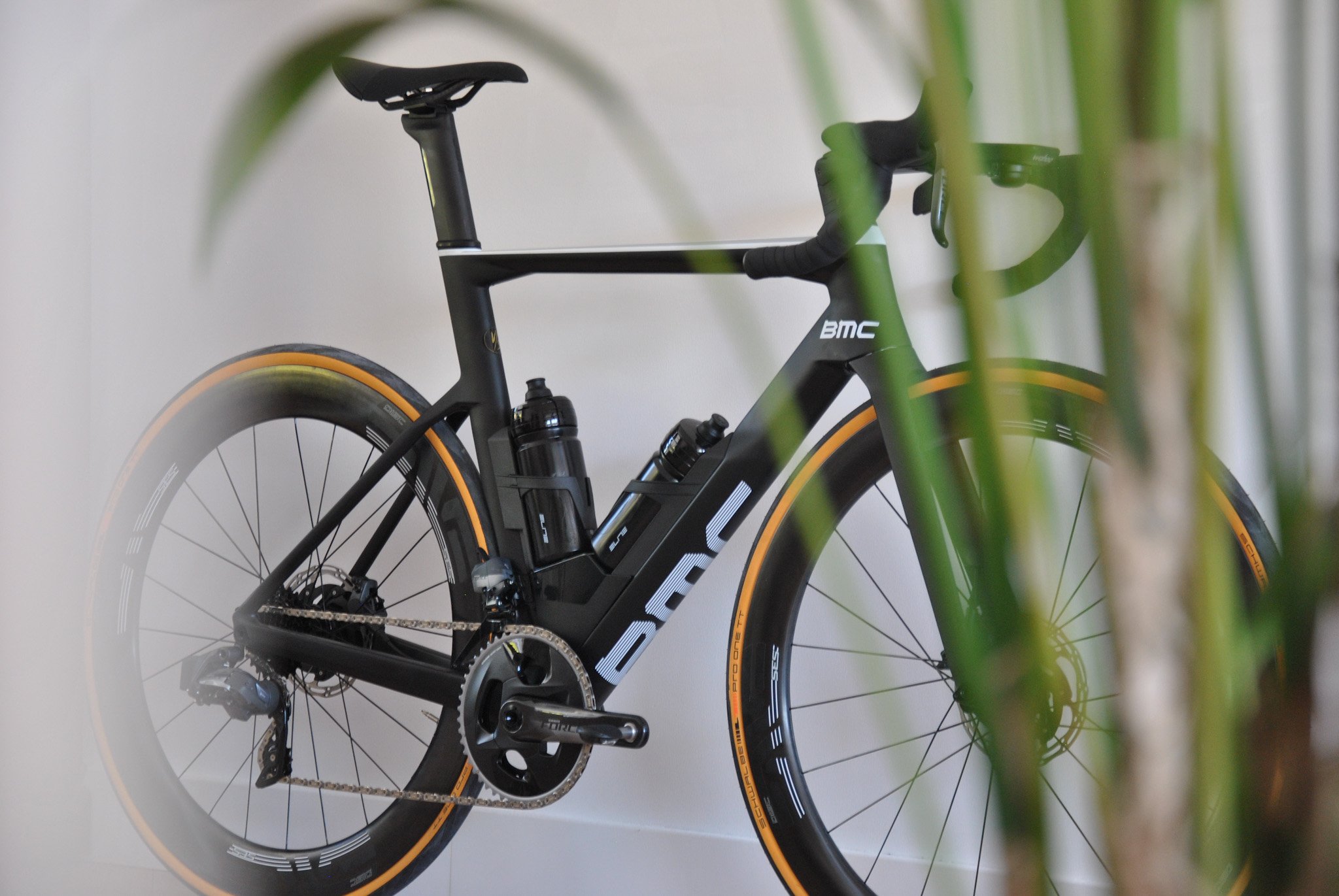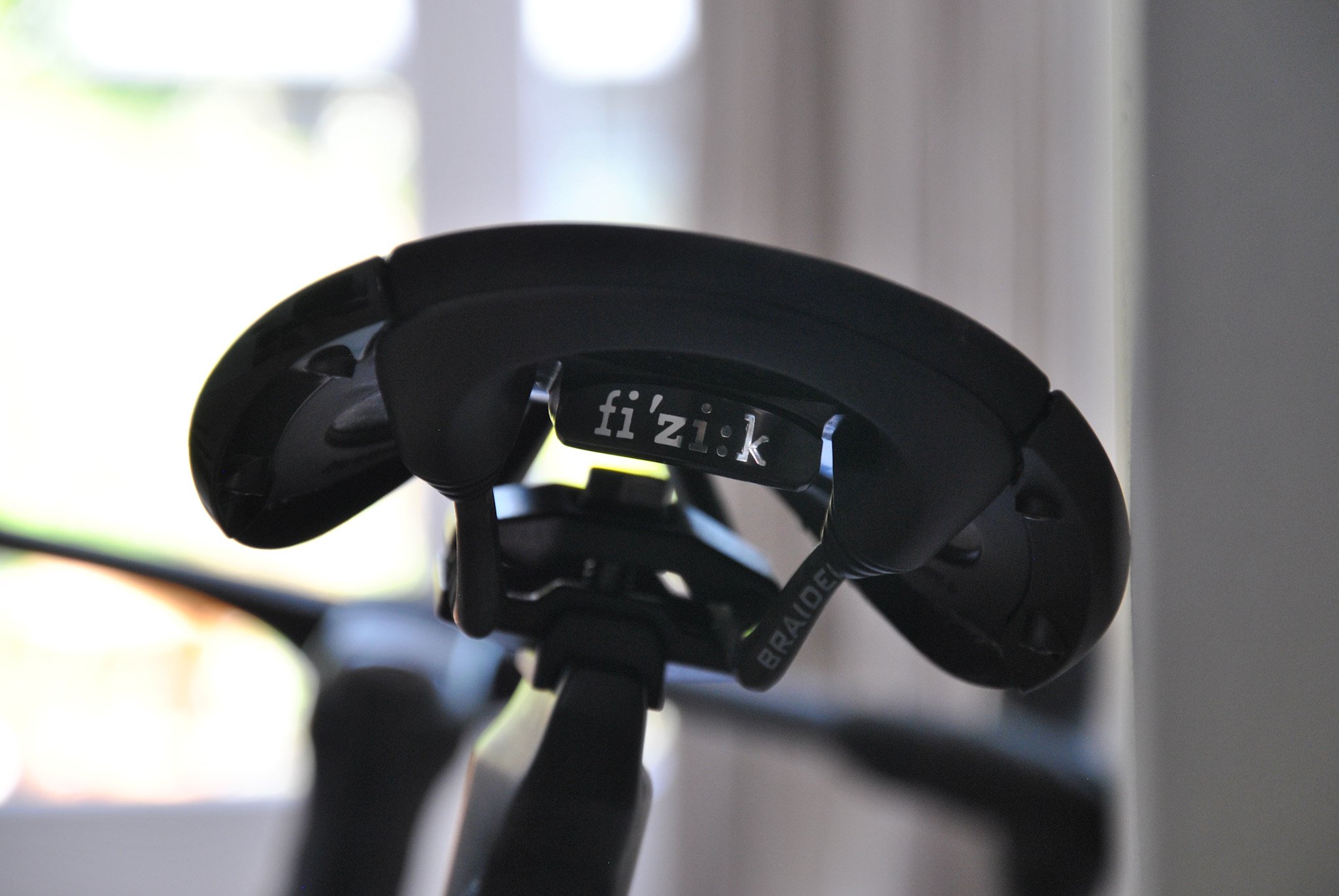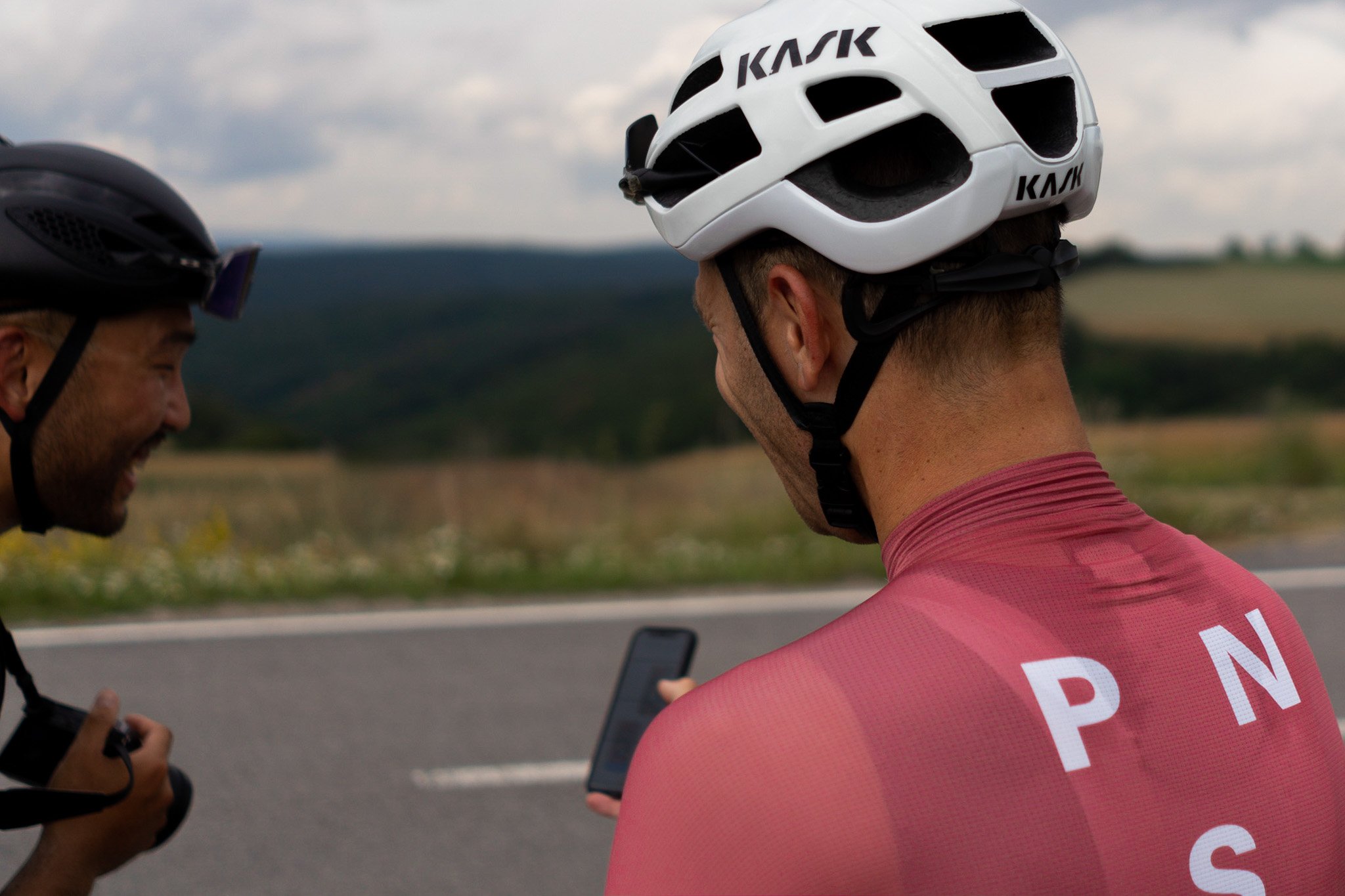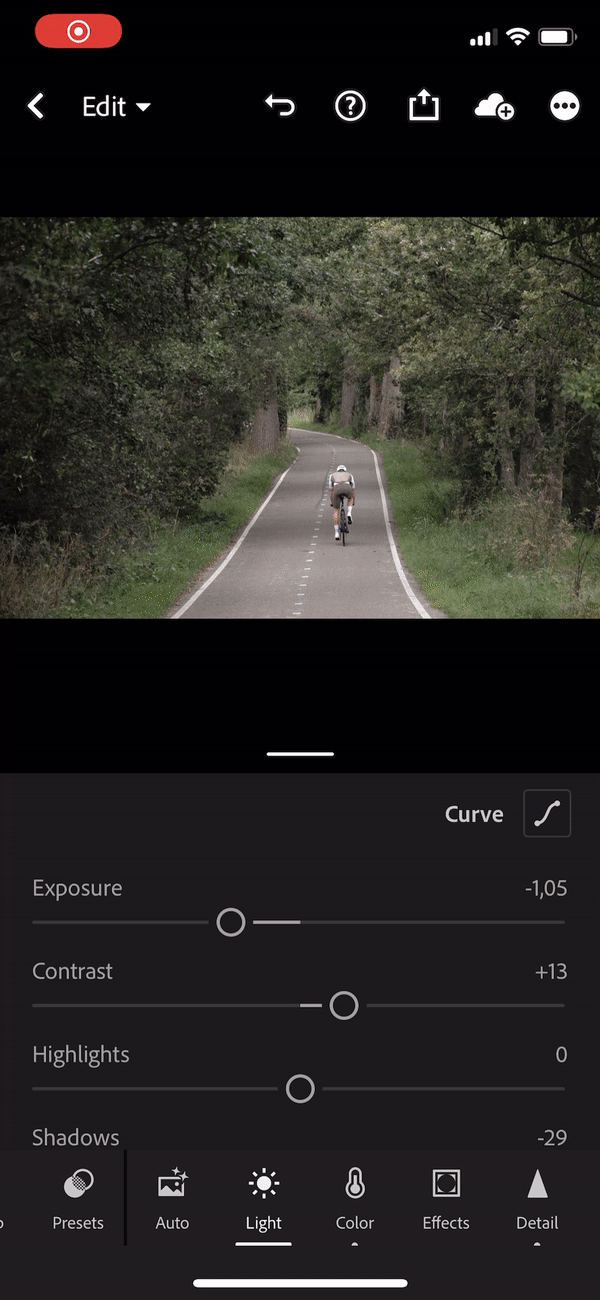About My Camera
Which camera I use? Commonly asked lately…
Before I get to that, let me first say that I never felt like riding around with a camera. Until last summer, every shot I took was done with my iPhone XS. I was totally okay with that. Despite I somehow knew a camera would offer more possibilities, I just ignored all that. Because I considered bringing a camera on rides to be a hassle.
Still, last spring I found myself pushing the absolute limits of my iPhone capabilities. I was longing for sharper focus. More depth. Those kind of things. For that reason, I considered getting myself a new iPhone. The 12 pro. Equipped with an even better camera compared to my XS. This consideration led to this chat my brother...
Bro, just take it and enjoy
My brother threw a birthday party. And was capturing moments with a small Panasonic Lumix camera. I started asking questions and I told him I was considering a new iPhone. Told him why. And after a while we came to the conclusion that a new iPhone wouldn’t offer much. Then I made a few shots with this small camera. The results got me excited. Nevertheless, this pancake lens still wasn’t offering the zoom functionality I was looking for.
Then he told me about this older Nikon D3000 SLR camera he had. Somewhere in a drawer. With a bigger lens. He pulled it out, charged it for 15 minutes, and handed it to me.
I started shooting and I immediately felt this was what I was looking for. It totally outclassed my iPhone.
His answer to my question if I could buy it was, “Bro, just take it and enjoy.”
putting it into practice
Coincidentally, my new bike got in the same week. Perfect timing to put this camera into practice. Making shots of my new weapon with it. The light appeared to be really nice, and these first shots pulled my photography instantly into the next level.
This result immediately made me feel like taking the camera with me on a bike ride. Which I did, but it turned out to be the hassle I was afraid of. The camera kept sliding from my back to the front and I had to keep pushing it back over and over again. But, as the shots I did were amazing, I decided to dig into a way to keep the camera in place while riding.
the rille strap
I went on Instagram. Looking for people I knew, who also bring their cameras on bike rides. It eventually led me to this Rille strap. An upgrade to the standard strap which turns it into 3 point fix.
I did another deep dive into this and stumbled upon Fernwee using this same strap, but combined with a thick round mountaineering shoulder strap. Makes sense. As my standard flat nylon Nikon strap easily cuts in my neck. As this combo is offered by Fernwee in his very own webshop for €69, I decided to get myself the whole package.
Installing was easy, finding the right length took a few rides. But ever since it’s adjusted perfectly, I’m unbelievably happy to take my camera out on rides.
Want to know more about the strap? Just check out this blogpost.
about the nikon d3000
Okay, now it’s time to get into the meat of it. The camera, right?
This camera was released in 2010 and my brother decided to spent about €400 on it back then. By the time this Nikon D3000 was Nikon's entry level DSLR camera. The package included this NIKKOR 18-105mm 5.8x zoom lens.
but, I’m not an expert
That’s being revealed, let me emphasize two things here....
One, is that this entry-level DSLR camera is over 10 years old, and nothing fancy. Nothing fancy compared to what’s out there on the market. Even not by that time.
Two, is that by no means, I consider myself a photography kind of expert. I never been much into it. All I did was shooting with my iPhone while being inspired by others. Plus using lots of my imagination.
Fairly honest to say, I heard about terms like ISO, aperture, shutter speed etc. But I actually have no clue about the true definitions. Actually this camera offers plenty of buttons, probably allowing me to change all types of settings. I can hardly tell why. The dial is set to automatic, I turned of the flash, and that’s it. I know how to view the results of my shots. I know how to format the memory card somewhere in the menu. And that’s pretty much it.
pros and cons
So, now you know. As said, I’m anything but a pro. And this D3000 is just an outdated entry-level DSLR camera. Though, it really delivers me shots I wasn’t able to make with my iPhone. Still, now I’m playing around with it often, I can tell it has some downsides as well. Let me explain…
pros
The length of this lens enables me to zoom in much more compared to my iPhone.
While focussing on a close object, the rest of the picture appears blurry. My iPhone has such a setting called portrait mode but that comes anywhere but close.
This lens hood seems to get this natural vignette in my pictures. Especially when the light is bright it reduces the amount of lens flare and glare in my photos.
cons
The finder is the only way to actually see what you shoot. The LCD screen doesn’t show you anything while shooting. Let’s say that riding bikes with one eye on the finder and your other eye shut, is quite a tricky thing.
The quality of the LCD screen is poor in comparison to todays OLED standards. Especially in sunny conditions, you hardly can’t preview shots.
The only way to get your images on a computer, is taking out its SD card. No single option for a wireless connection.
Although it has something like a multi-shot mode. While keep pressing the trigger, It just shoots 4 shots per second. Not very useful when the object is fast. And people on bikes can be fast.
In summary I would say I really enjoy this camera. It’s the perfect one for me to experiment with settings and the additional options it brings compared to my iPhone. And yes, eventually I will probably replace it. But not before I pushed this D3000 to its limits as well.
asking the right question
Now, let me push back a little bit on the initial question. Because I wonder to what extent the question of which camera I use is actually the right one. I assume that this question stems from an enthusiasm based on my photographic output. And honestly, I don’t think it has much to do with the type of camera I’m using.
I think that once you’ve got the hang of understanding cameras, photography basics and how to compose a photo, it is way more interesting to dig into editing. In my opinion, this finishing touch has way more effect than what kind of camera you use.
Or, as a friend of mine used to put it: “A fool with a tool, is still a fool.”
photo editing
Learning some basic photo editing skills can enhance your images to make them more powerful and share worthy for sure.
Adobe’s Lightroom software (both desktop as mobile) is with no doubt my favourite tool for editing. This advanced software offers basic tools and also includes refinements that allow me to do more sophisticated editing.
What I love about Lightroom is their robust collection of interactive tutorials. Basic ones to get you started. Advanced ones to grow your skills. You can also browse through different categories of photos by members and tap them to open and see how the photo was edited. Step-by-step.
want to know more?
Want to know more? Check out my blog post “7 simple tips to instantly improve your cycling photography skills”. It delivers 7 profound tips to improve your cycling photography skills pretty much instantly. Without the need to buy the same camera…

